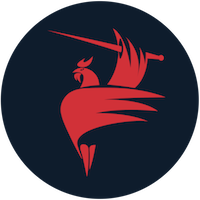This program is based on the movements of Western boxing, but it could also be said to be a fusion of Western boxing with the principles of Kali.
The program I have created consists of three steps that build on and complement each other. In order to understand the principles and to work out specific techniques, Filipino Stick Sencing ( Kali ) is included in the curriculum.
As it is a complex movement, it takes a lot of practice to master. I could perhaps compare it to making friends with a part of the world, or slowly getting to know a part of the countryside. You get to know roads, resources, safe places to rest… After your daily walks, you can draw yourself a more and more detailed map of the landscape, until finally nothing escapes your attention, and you are able to be present in the landscape in such a way that you feel at one with it.
In this Filipino Boxing Training Program we learn to manage the different distances of the fight, and practice and become aware of the tools we need to control the fight. The principles of Panantukan as a fighting style come in part from Western Boxing and in part from Filipino Stick Fencing, Kali. We learn to use our entire body as a weapon, considering the opponent’s entire body as a target surface. That’s why the Filippino Boxing is also called “dirty boxing.”
For me, however, the creativity of this martial art is paramount. A common failure of self-defense systems is to conserve stress in humans. And this is not necessarily healthy. Practicing martial arts must go beyond fighting, one must become free from one’s fears, precisely by getting to know oneself. Panantukan is one such way of martial arts.
On ‘completion’ of the program (which is an organic process, so it’s not a case of ticking off what you already know), the learner receives a certificate in recognition of their knowledge.
If someone wants to teach the system I have created, i.e. become an instructor, I have to make sure that they can be a teacher, i.e. that they can impart the knowledge. But this is just an opportunity, the emphasis is on taking a journey together, practicing, and developing ourselves.
In any case, the intellectual side of martial arts is part of the process. By this I mean not only learning about the different strategic options, but also dealing with specific texts. I believe that without this, the martial artist’s journey is incomplete. We are not only transforming our movements and our body, but also what moves the body: that is, the spirit.
